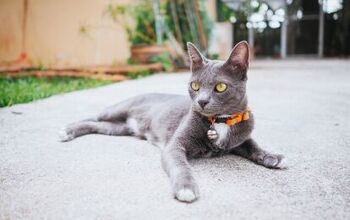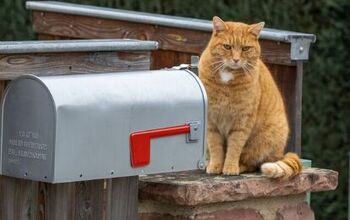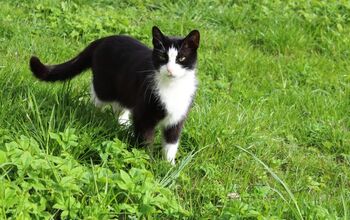What Foods Can My Dog Have on Thanksgiving?
Can you believe it is already winter, and Thanksgiving is just around the corner? As the holiday approaches, many dog owners may wonder how to include their furry family members in the festivities safely. While Thanksgiving is best known for being a time to indulge in delicious meals, we must remember that not all human foods are safe to share.In this article, we will look at the most common Thanksgiving dinner options, ranging from turkey and ham to veggies and desserts, creating a list of holiday treats your dog can enjoy safely (excluding others).Let’s get started on planning your dog’s ideal Thanksgiving feast…Should I Bring My Dog to Thanksgiving Dinner?For some families, including the pets in their holiday gatherings is a decision that is just as natural as any other member of the family. But there are a few essential questions that you should ask yourself before packing up your dog’s favorite toys and heading out on a holiday family road trip.Who is hosting the holiday gathering? Have you asked them if dogs are welcome?Does your dog have good manners around the table (not begging, counter surfing, or trying to steal food)?Is there a quiet space for your dog to go if they feel overwhelmed?Will there be other dogs there? Have they met previously, or will they be meeting for the first time in a busy/noisy setting (not advisable)?Will all family members respect your boundaries regarding what they can/can’t give your dog?Is your dog comfortable with large gatherings and high-energy spaces?While we understand wanting to have your dog by your side, many dogs would be happier at home in their cozy bed or on the couch – and that’s okay! When your dinner is over and you head home, you’ll have a loving companion waiting to greet you.What Not to Feed Dogs on Thanksgiving? Few things will ruin the vibe of your family Thanksgiving dinner like a trip to your local emergency veterinary clinic. Unfortunately, every holiday weekend, an influx of dogs come through the doors due to toxicity and poisoning – the result of eating unsafe foods (stolen or given to them) from the Thanksgiving dinner table. Here are a few items to keep safely out of your pup’s reach: Stuffing or Dressing Thanksgiving dinner isn’t the same without this traditional dish, but stuffing is made with several ingredients that could make your dog sick. Onions and garlic are in almost every traditional stuffing recipe, but these members of the Allium family can be extremely dangerous if ingested. They damage red blood cell membranes, causing a decrease in the red blood cell count, which can trigger serious health complications such as kidney damage. In the most severe cases, ingesting onions and garlic can be fatal. Plus, stuffing or dressing is often made with a variety of spices that can upset your pup’s stomach!












